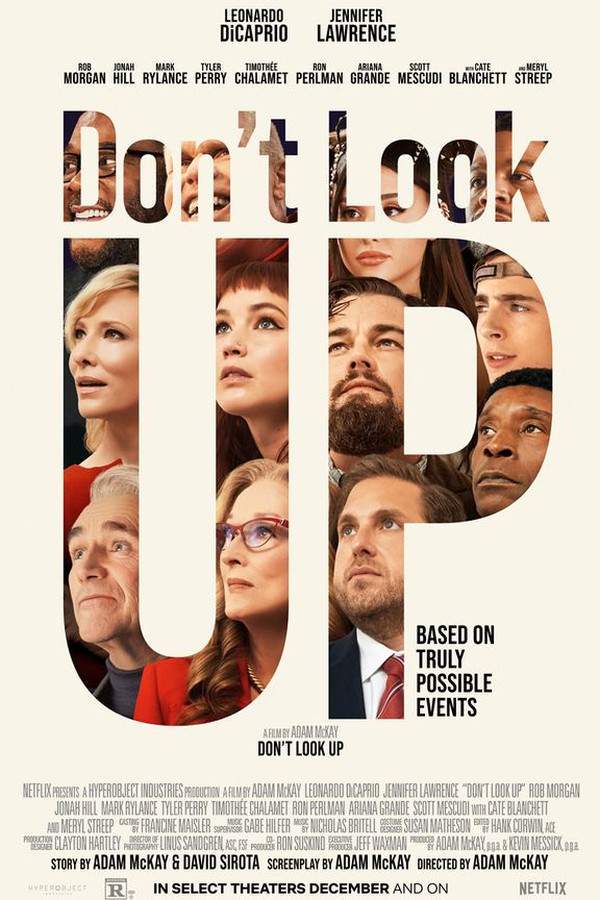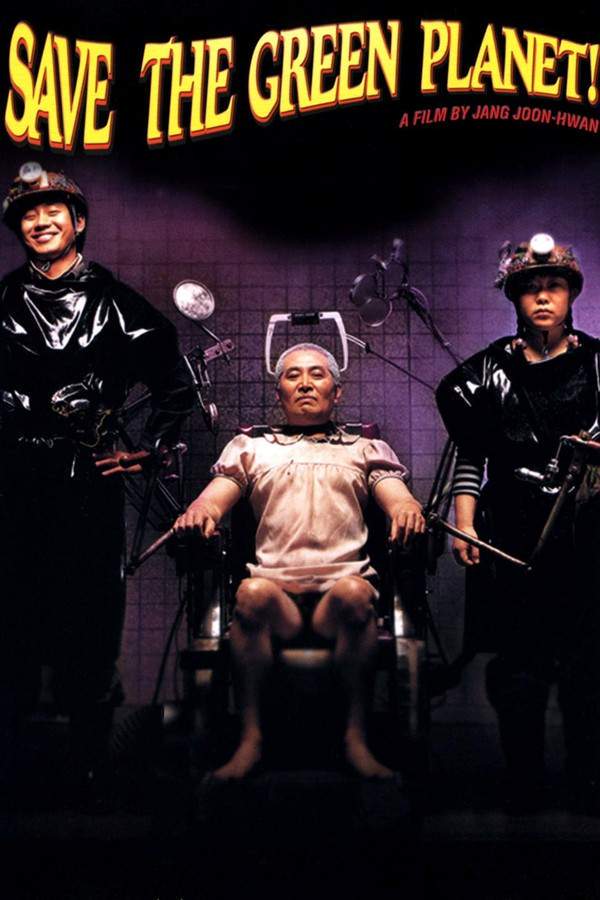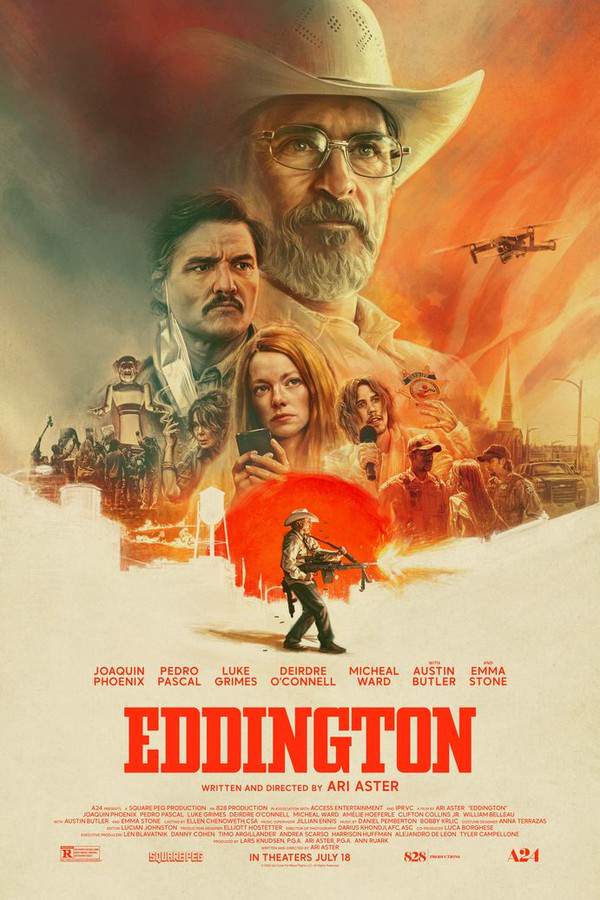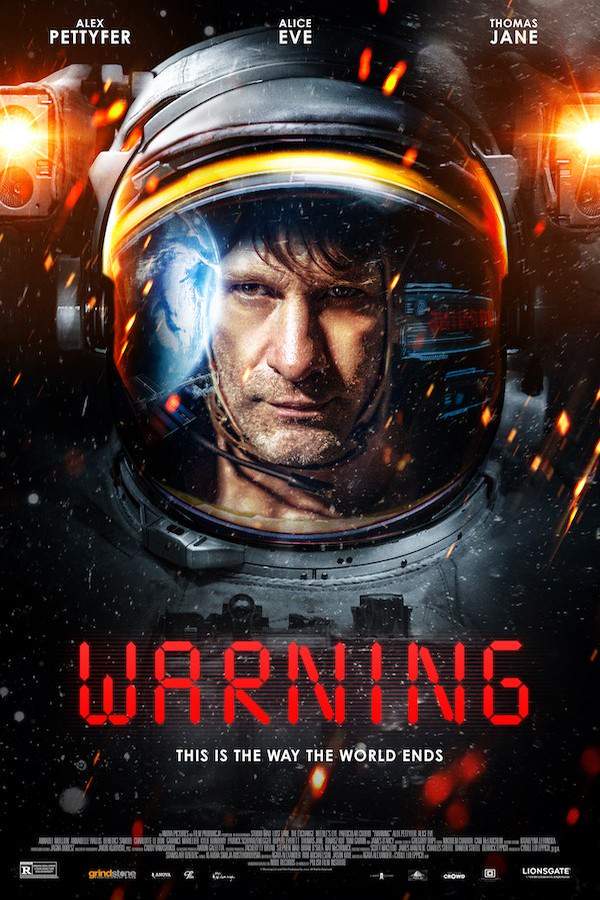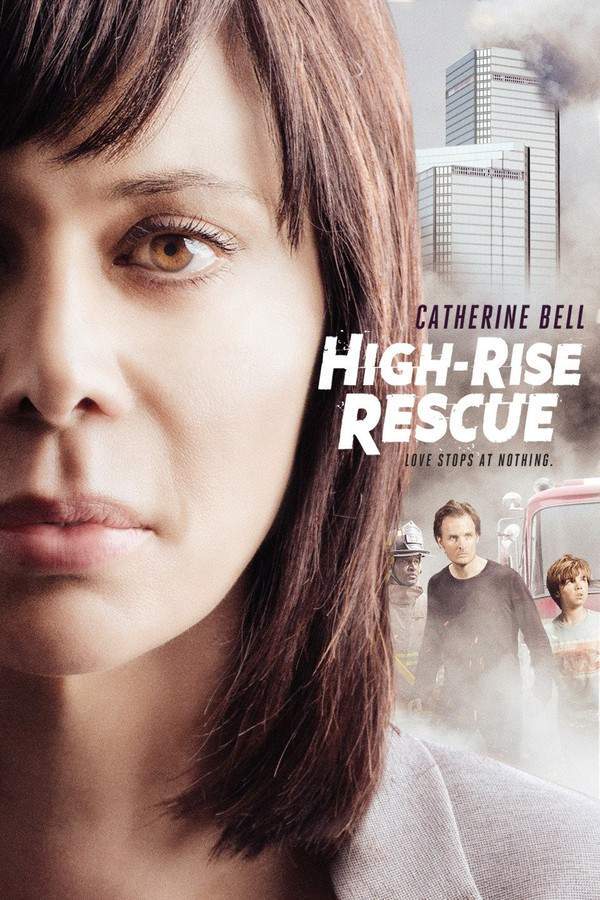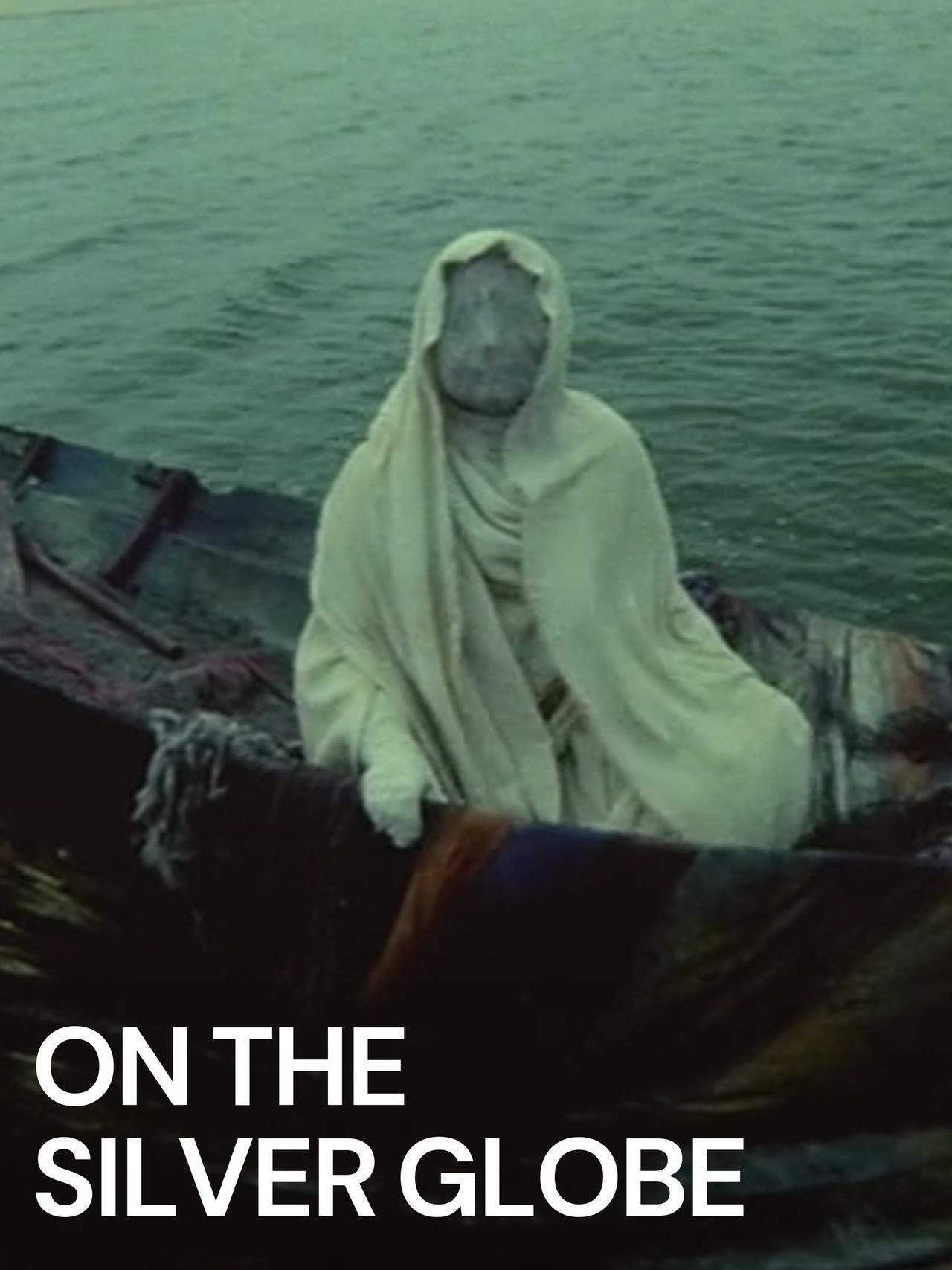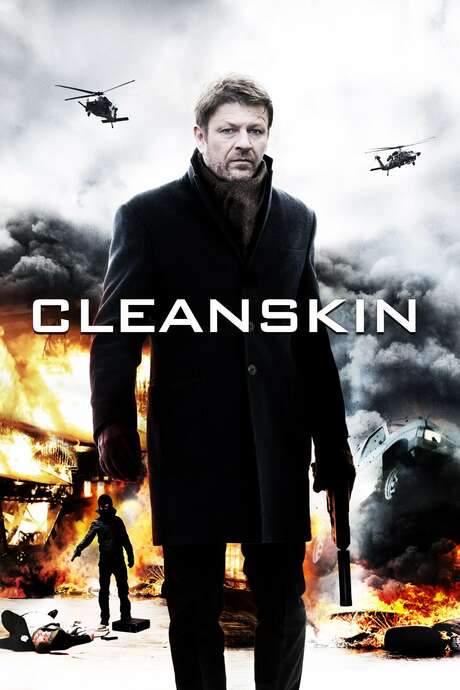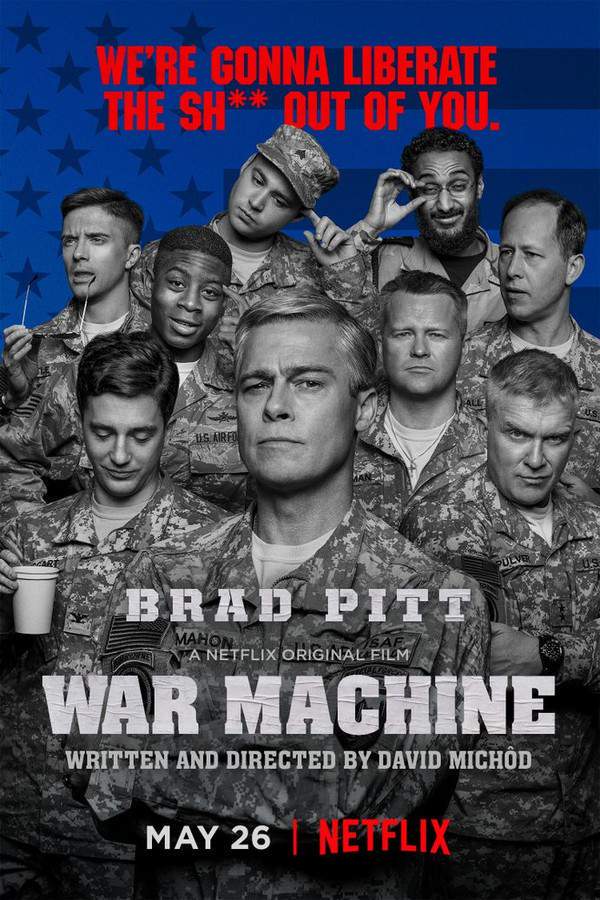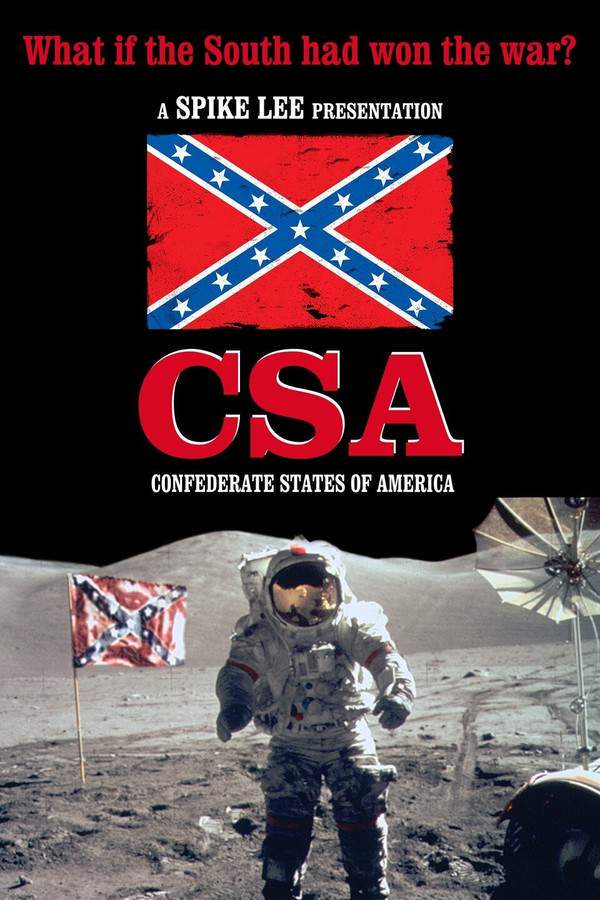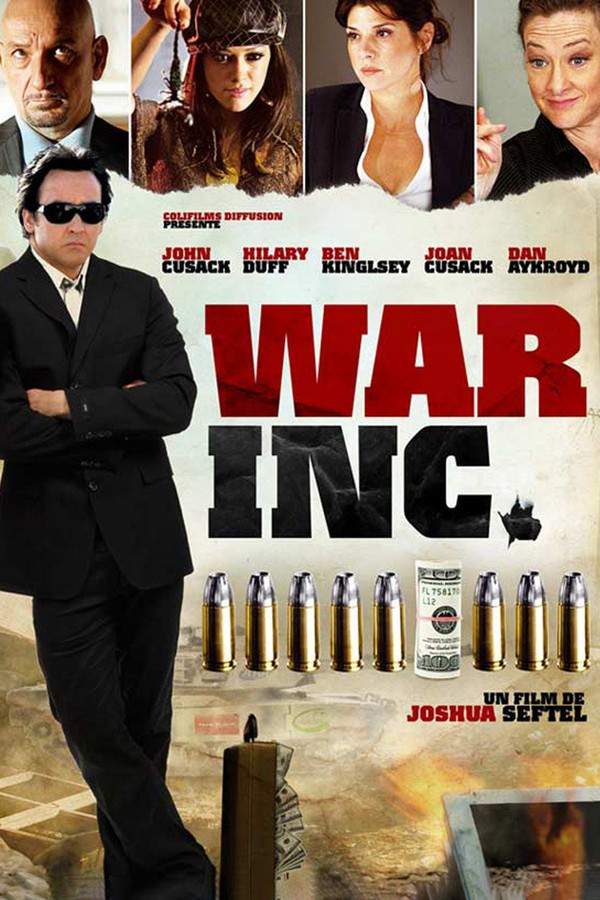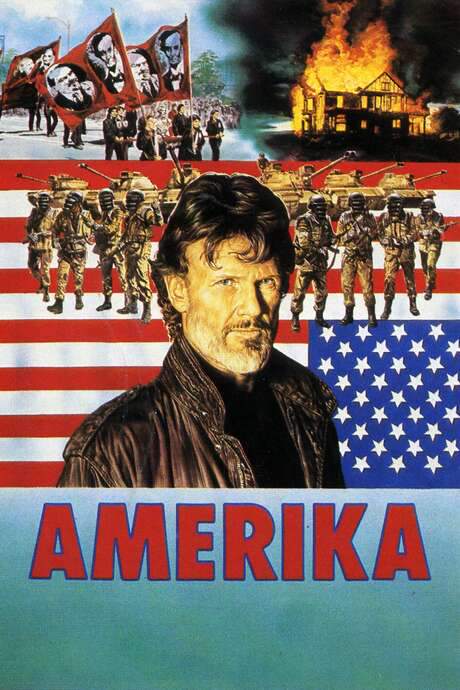
The Second Civil War
Year: 1997
Runtime: 97 mins
Language: English
Director: Joe Dante
An uncivil comedy that follows the fallout when a plane full of Pakistani orphans is sent to Idaho for permanent relocation. The state’s governor defies the president by sealing the border, and a sensationalist cable news show spins the move into a national controversy, polarizing public opinion.
Warning: spoilers below!
Haven’t seen The Second Civil War yet? This summary contains major spoilers. Bookmark the page, watch the movie, and come back for the full breakdown. If you're ready, scroll on and relive the story!
The Second Civil War (1997) – Full Plot Summary & Ending Explained
Read the complete plot breakdown of The Second Civil War (1997), including all key story events, major twists, and the ending explained in detail. Discover what really happened—and what it all means.
In a near-future United States, immigration has surged and the country has fractured into a patchwork of increasingly segregated communities. The Mayor of Los Angeles speaks only in Spanish, Rhode Island is populated mostly by Chinese Americans, and Alabama has a Sikh congressman. Politics has been simplified to wooing various ethnic blocs for votes, while cable news and social media feed a relentless cycle of fear and outrage, pushing viewership to dizzying heights on channels like NewsNet.
After an atomic weapon is used on Pakistan by India, an international organization plans to relocate refugee orphans to Idaho. NewsNet embeds a reporter on the plane and airs footage of crying Pakistani children to boost ratings, a Mexican American NewsNet reporter Christina Fernandez reporting the moment for a national audience. Idaho Governor Jim Farley [Beau Bridges] orders the Idaho National Guard to close its borders, citing public safety, even as his personal life reveals a more complicated picture: he habitually enjoys Mexican food and soap operas, and he maintains an affair with Christina Fernandez. As she live-translates an impassioned speech from Los Angeles’ mayor, vowing to reconquer lands once part of the Spanish Empire within the United States, she grows increasingly angry at Farley’s decision, and the mood on the border grows tenser.
The crisis deepens as the President [Phil Hartman] emerges as a notably indecisive leader who ruthlessly exploits immigration to redraw political maps, showing a remarkable talent for deferring hard choices to his advisers. His unofficial chief advisor, lobbyist Jack Buchan [James Coburn], is obsessed with the President’s public image and the perception of strength, even weaving fake quotes from Eisenhower into pre-written statements to give the administration a veneer of decisiveness. Buchan pushes the President toward a bold move: open the Idaho border to the refugees within a short, almost impossible deadline, while maneuvering to keep the political optics favorable.
As the deadline nears, the Governor and the President draw in the Idaho National Guard and the United States Army, while the military leaders who command them turn out to be bitter Gulf War rivals. NewsNet keeps the cameras trained on the refugees, focusing on faces rather than policy, and the national conversation widens as neighboring states—Montana and North Dakota—send in their own National Guard units, escalating the standoff into a nationwide geopolitical and cultural confrontation. A wave of violence erupts when Mexican-American pro-immigrant rioters bomb the Alamo, a symbolic clash that pushes the nation toward chaos.
The political calculus becomes even more tangled as the President seeks favor with new voting blocs. After Alabama withdraws its support over funding for Sikh gurdwaras in the wake of the Pakistan attack, the White House retreats to courting Chinese-Americans, but Rhode Island’s governor sends in troops to back Farley’s stance that states should control borders. With Korean Americans as the next target, the President tries to pivot again, proposing visas for two million Koreans to broaden his base, only to be confronted by the Joint Chiefs with the devastating news that anti-immigrant terrorists have retaliated for the Alamo bombing by destroying the Statue of Liberty, proclaiming that “we do not want your huddled masses anymore.” The destruction is broadcast live on NewsNet, prompting colleagues to question their roles in stoking a crisis that seems to spin beyond anyone’s control.
As the storm intensifies, Farley’s personal life becomes a political liability when his girlfriend becomes pregnant, nudging him toward resignation—yet by then it is too late to avert the escalation. Mutinies ripple through the armed forces as soldiers, faced with the televised breakdown of national unity, refuse orders and are court-martialed on the spot. One serviceman’s stark impassioned speech—“go ahead and kill America”—is captured on live television, followed by a brutal sense that the country’s institutions have been hollowed out by partisan theatre and executive overreach. The mutinies illustrates that even a powerful nation can unravel when the lines between policy and propaganda blur beyond repair.
In the end, the President resigns as hostilities wane, but the immigration system remains largely unchanged, leaving the country to confront the enduring fissures that led to the crisis in the first place. The film closes with a sobering reminder that political theater and media saturation can crystallize into a new form of national fracture, even as the nation teeters on the edge of an uneasy, unresolved future.
Last Updated: October 09, 2025 at 09:28
Explore Movie Threads
Discover curated groups of movies connected by mood, themes, and story style. Browse collections built around emotion, atmosphere, and narrative focus to easily find films that match what you feel like watching right now.
Media Satire Dystopias like The Second Civil War
Savage comedies where news cycles accelerate society's collapse.Movies like The Second Civil War that blend biting political satire with a chaotic, high-intensity plot. If you enjoyed the savage take on media-driven societal collapse and government incompetence, you'll find similar themes in these bleak and thought-provoking comedies.
Narrative Summary
Stories in this thread typically follow a domino effect: a minor controversy is seized upon by a sensationalist media, which in turn fuels political grandstanding and public polarization, leading to an absurd but terrifying escalation of conflict. The narrative often centers on multiple perspectives—politicians, journalists, and citizens—to show how the system fails collectively.
Why These Movies?
These movies are grouped by their shared focus on the corrosive power of media and the fragility of civil society. They possess a fast-paced, anxious energy, a darkly satirical tone, and a bleak outlook that questions whether rational discourse can survive in a world driven by soundbites and outrage.
Bleak National Crisis Stories like The Second Civil War
Stories of nations crumbling under the weight of their own divisions.If you liked The Second Civil War's portrayal of a nation descending into chaos, these films explore similar themes of civil unrest, partisan conflict, and unresolved societal fractures. They are complex, high-intensity dramas with a bleak emotional weight and a fast-paced sense of impending collapse.
Narrative Summary
The narrative pattern involves a single triggering event that exposes deep-seated national tensions, leading to a rapid and often violent chain reaction. Characters are typically caught in the gears of a larger political or social machine, their personal stories illustrating the human cost of abstract conflicts. The journey culminates not in victory, but in a precarious and unresolved stalemate.
Why These Movies?
These films share a high-intensity, complex plot structure and a profoundly bleak ending feel. They are united by their exploration of national identity crises, the mechanics of civil unrest, and the emotional weight of witnessing a society fail to hold itself together.
Unlock the Full Story of The Second Civil War
Don't stop at just watching — explore The Second Civil War in full detail. From the complete plot summary and scene-by-scene timeline to character breakdowns, thematic analysis, and a deep dive into the ending — every page helps you truly understand what The Second Civil War is all about. Plus, discover what's next after the movie.
The Second Civil War Timeline
Track the full timeline of The Second Civil War with every major event arranged chronologically. Perfect for decoding non-linear storytelling, flashbacks, or parallel narratives with a clear scene-by-scene breakdown.

Characters, Settings & Themes in The Second Civil War
Discover the characters, locations, and core themes that shape The Second Civil War. Get insights into symbolic elements, setting significance, and deeper narrative meaning — ideal for thematic analysis and movie breakdowns.

The Second Civil War Spoiler-Free Summary
Get a quick, spoiler-free overview of The Second Civil War that covers the main plot points and key details without revealing any major twists or spoilers. Perfect for those who want to know what to expect before diving in.

More About The Second Civil War
Visit What's After the Movie to explore more about The Second Civil War: box office results, cast and crew info, production details, post-credit scenes, and external links — all in one place for movie fans and researchers.

Similar Movies to The Second Civil War
Discover movies like The Second Civil War that share similar genres, themes, and storytelling elements. Whether you’re drawn to the atmosphere, character arcs, or plot structure, these curated recommendations will help you explore more films you’ll love.
Explore More About Movie The Second Civil War
The Second Civil War (1997) Scene-by-Scene Movie Timeline
The Second Civil War (1997) Movie Characters, Themes & Settings
The Second Civil War (1997) Spoiler-Free Summary & Key Flow
Movies Like The Second Civil War – Similar Titles You’ll Enjoy
Civil War (or, Who Do We Think We Are) (2021) Spoiler-Packed Plot Recap
War Machine (2017) Complete Plot Breakdown
C.S.A.: The Confederate States of America (2006) Full Movie Breakdown
War, Inc. (2008) Movie Recap & Themes
The 2nd (2020) Plot Summary & Ending Explained
Civil War (2024) Movie Recap & Themes
Second in Command (2006) Film Overview & Timeline
Second Nature (2003) Movie Recap & Themes
By Dawn’s Early Light (1990) Full Summary & Key Details
The Civil War (1000) Complete Plot Breakdown
Special Bulletin (1983) Plot Summary & Ending Explained
Amerika (1000) Film Overview & Timeline
An American Story (1992) Detailed Story Recap
The Second Coming (1995) Full Summary & Key Details
The Ugly American (1963) Film Overview & Timeline

